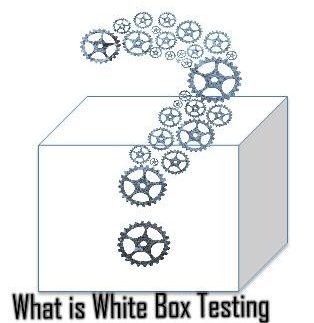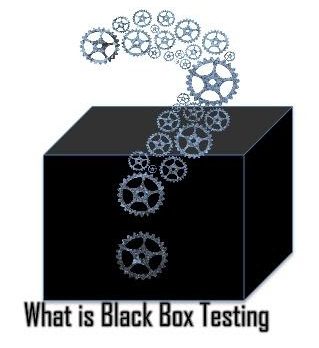
Testing is a crucial step of the software development cycle because it ensures that all the requirements have been converted to a successful end product. An Ideal software testing process has to be a holistic approach that involves a combination of various testing techniques to achieve high-quality software.
The two most commonly used testing approaches are White Box and Black Box testing.

White box testing is used to test the structure and business logic of a program being developed. It requires the tester to know all the functional and design details of the module/code that is being tested. The tester needs to have in-depth knowledge of the requirements, design, code as well as the expected outcome. White-box testing can be applied at the Unit, Integration and System levels of the software testing process.
White Box Testing is known by several other names, such as Glass box testing, Clear Box testing, Open Box testing, Structural testing, Path Driven Testing or Logic driven testing.
Types of White Box Testing

Black Box Testing, also known as functional testing or behavioural testing, essentially requires the testers to evaluate the functionality and usability of the software without looking at the details of the code. It not only verifies and validates the functionality of the software but also checks for any interface issues.
In this article, we will explore the differences between these two types of testing and analyse how they can be best used for comprehensive testing.
Types of Black Box Testing
There are many types of Black Box Testing but the following are the prominent ones –
| Black Box | White Box | |
| Testing focus | Behaviour of system | Internal Operations of the system |
| Test case premise | Requirement specifications | Detailed Design |
| Code access required | No | Yes |
| Programming skills required | Optional | Yes |
| Implementation knowledge required | No | Yes |
| Suitable for algorithm testing | No | Yes |
| Exhaustive from the end user’s perspective | Yes | No |
| Verifies module integration | Yes | No |
| Time-consuming | Less | More |
| Ease of automation | Low | High |
| Granularity | Low | High |
| Code coverage | Low | High |
| Complexity of testing | Medium | High |

Both Black box testing and White box testing are integral parts of the testing universe. Both of them have their significance when used correctly at the right stage of the development cycle.
White box testing enables the tester/developer to examine the code to identify issues, if any, at an atomic level and nips them in the bud. It is a good idea to use it at a unit testing level in the early stages of module development. It is always a good idea to prevent the bugs from manifesting than to spend time later in identification and debugging.
Despite all these efforts and time invested in white box testing, some bugs manage to reach the quality assurance stage. That is where Black box testing takes over.
White box testing covers detailed module level testing. Whereas, Black box testing takes care of testing the intended function when different modules come together and form a larger picture. There are chances that modules work correctly at an individual level and pass the White box testing with flying colors. But when integrated, there are chances of interfacing issues. Any deviation from the intended function at the Integration level is then caught by Black box testing, which can then be reported and rectification work can commence.
White box testing works at the root cause level and the Black box takes care of the behaviour of the software. When combined, the joint, the joint force mitigates the risk of failures at the user’s end.
The end objective of both types of testing is the same – ensuring the delivery of a robust end product. Both of them have their own merits and demerits, thus, the correct testing approach is to leverage the strengths of both.
The decision for choosing the right approach for testing software is critical. To cover all the possible scenarios, where resources and efforts are optimized and comprehensive testing is performed, it is imperative to have a healthy and balanced mix of both Black box and White box testing. This will ensure that stable, reliable and functionally robust software is delivered to the customer.

As stated above, White box testing and Black box testing are both necessary for enterprise applications. In addition to Webomates CI/CD system, a company can integrate their White box tests with their Black box tests and run the entire suite in minutes, before to pushing a new software build into production.
At Webomates, we have optimized testing using the Black box testing approach through combining our patented Selenium-based Automation and Artificial Intelligence with crowdsourcing and manual testing. We provide peace of mind during deployment, at significantly lower total costs. We offer a regression/feature testing service, to not only guarantee Full regression of every test case (even modified ones) in under 24 hours but also to provide triaged video defects. Our customers spend less than an hour in a week on a Full Regression of their software!
If you are interested in learning more about Webomates’ CQ service please click here and schedule a demo or reach out to us at info@webomates.com. You can also avail yourself of a free trial by clicking here.
Read Next –
Exploratory testing vs Adhoc testing
Test Smarter, Not Harder: Get Your Free Trial Today!
Start Free Trial
Leave a Reply